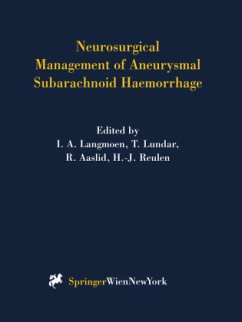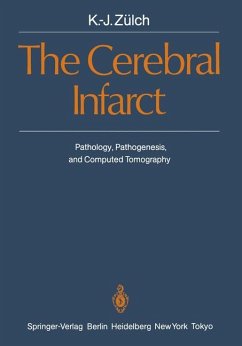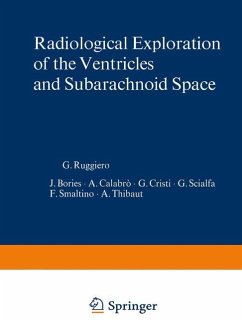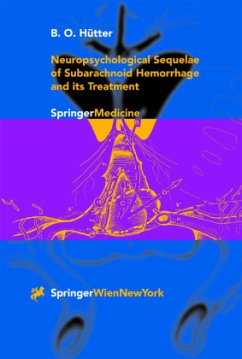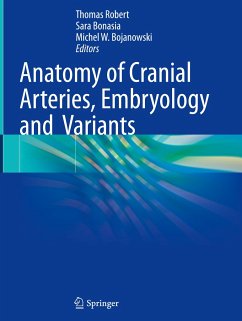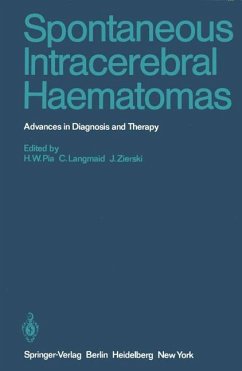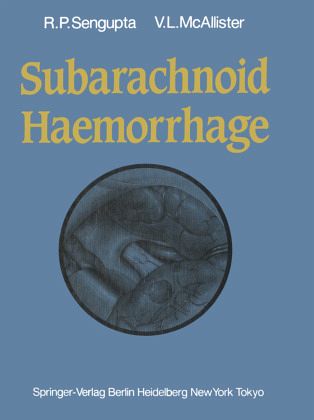
Subarachnoid Haemorrhage

PAYBACK Punkte
20 °P sammeln!
Ever since I began my training in internaI medicine and subsequently in neurology, I have been interested in subarachnoid haemorrhage and indeed chose this topic as a subject of study for my Doctorate in Medicine. It was because the information derived from a retrospective study of 312 patients proved to be so interesting that I published a monograph on the subject 30 years ago. My first reaction on reading this splendid book by my former coHeagues in Newcastle, Mr. Sengupta and Dr. McAllister, was one of realisation of the extent to whjch knowledge about the condition' and principles of manag...
Ever since I began my training in internaI medicine and subsequently in neurology, I have been interested in subarachnoid haemorrhage and indeed chose this topic as a subject of study for my Doctorate in Medicine. It was because the information derived from a retrospective study of 312 patients proved to be so interesting that I published a monograph on the subject 30 years ago. My first reaction on reading this splendid book by my former coHeagues in Newcastle, Mr. Sengupta and Dr. McAllister, was one of realisation of the extent to whjch knowledge about the condition' and principles of management have been transformed. This splendidly comprehensive volume carefully reviews the earlier literature, analyses the anato micaI, pathophysiologicaI and clinical features of the condition in consummate detail and goes on to consider in depth all of those issues relating to investigation and medical and surgical management which continue to present chaHenges to neurologists and neuro-surgeons alike. When I began my personal study, angiography had still to be introduced as a routine methöd of radiologicaI diagnosis in many centres in the U .K. and we were Iargely dependent upon dinicaI methods of diagnosis and assessment. How interesting it is to see that now, very properly, computerised tomography (CT scanning) takes precedence as an initiaI diagnostic instrument over angiography, and that lumbar puncture, once thought to be obligatory for diagnosis, is being used Iess and less since its dangers were fully appreciated.





